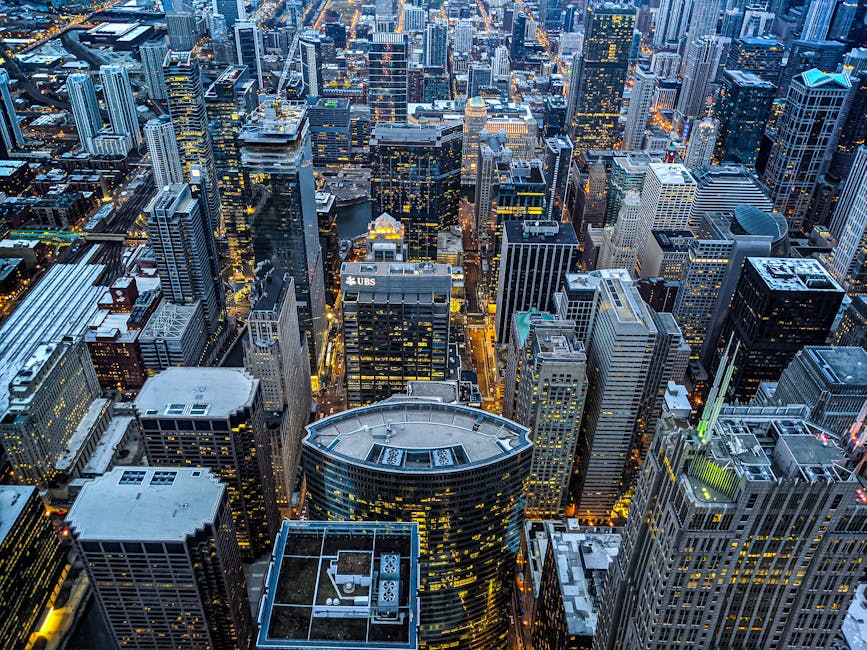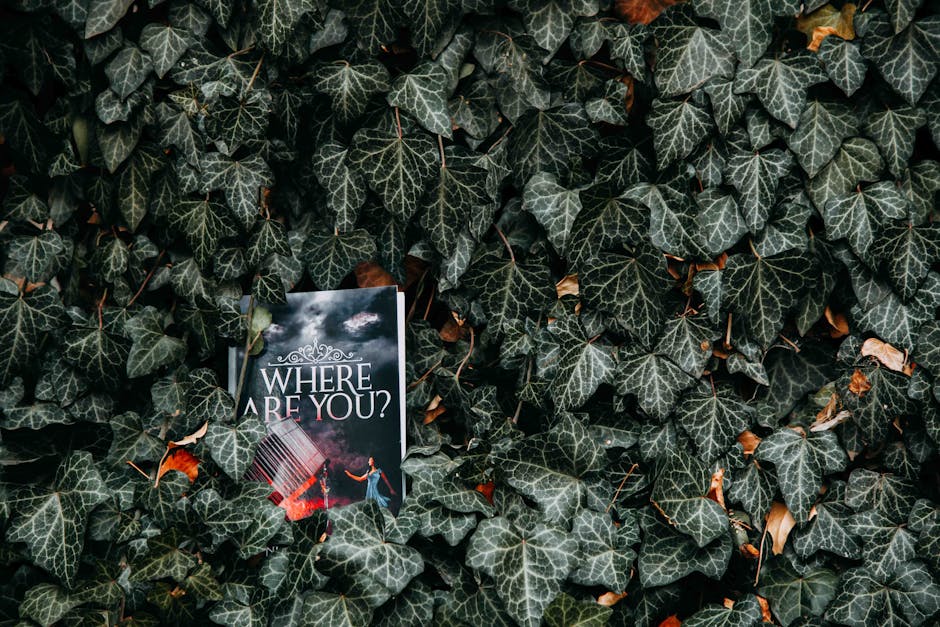The Evolution of Chicago’s Nightlife: From Speakeasies to Clubs
Chicago’s nightlife has always been a vibrant tapestry of culture, music, and innovation. From its iconic speakeasies during the Prohibition era to the pulsating clubs of today, the Windy City’s nocturnal scene has constantly evolved, reflecting broader societal changes. Let’s embark on a journey through time and explore the fascinating evolution of Chicago’s nightlife. 🌆
Table of Contents
1. The Roaring Twenties: Speakeasies and Jazz
2. Post-War Nightlife: A New Era
3. Disco Fever and the Club Scene
4. Modern-Day Chicago Nightlife
5. Conclusion
6. FAQ
The Roaring Twenties: Speakeasies and Jazz 🎷
During the 1920s, Prohibition laws turned Chicago into a hub for hidden bars known as speakeasies. Far from dampening spirits, these clandestine venues fueled a nightlife renaissance. Jazz music filled the air, and legends like Louis Armstrong and Duke Ellington graced stages across the city. The allure of these secret gatherings wasn’t just the illicit alcohol; it was the sense of rebellion and freedom they represented. Speakeasies were more than just bars—they were cultural epicenters.
Post-War Nightlife: A New Era 🎤
As Prohibition ended and the city recovered from the Great Depression and World War II, Chicago’s nightlife scene entered a new phase. The 1940s and 50s saw the rise of elegant venues where big bands and crooners serenaded patrons. The city became known for its sophisticated supper clubs and lounges, where people could enjoy a night out in style. This era laid the groundwork for the diverse nightlife options Chicago offers today.
Disco Fever and the Club Scene 🕺
The 1970s ushered in the disco era, transforming Chicago’s nightlife once again. Clubs like the Warehouse and Studio 54 became iconic spots, where DJs played the latest disco hits and dance floors were packed with energetic revelers. The period also marked the birth of house music, with Chicago DJs pioneering a genre that would take the world by storm. The city’s club scene became synonymous with cutting-edge music and dance, setting trends that resonated globally.
Modern-Day Chicago Nightlife 🎉
Today, Chicago’s nightlife is a melting pot of cultures and styles. From upscale rooftop bars offering breathtaking skyline views to underground clubs featuring electronic beats, there’s something for everyone. Neighborhoods like River North and Wicker Park are famed for their vibrant nightlife, each offering a unique flavor of the city’s after-dark offerings. Whether you’re in the mood for a laid-back jazz lounge or a high-energy dance club, Chicago’s nightlife continues to thrive, constantly reinventing itself while honoring its rich history.
Conclusion
Chicago’s nightlife has evolved significantly from its speakeasy roots to today’s bustling club scene. Each era brought its own unique contributions, shaping the city’s identity and leaving an indelible mark on its cultural landscape. As Chicago continues to grow and change, one thing remains constant: its nightlife will always be a beacon of creativity, diversity, and excitement.
FAQ
Q1: What were speakeasies, and why were they popular in Chicago?
A: Speakeasies were hidden bars that operated during Prohibition. They were popular due to their secretive nature and the cultural revolution they sparked, offering a space for jazz music and socializing despite alcohol bans.
Q2: How did house music originate in Chicago?
A: House music originated in Chicago in the late 1970s, emerging from the city’s vibrant club scene. It was characterized by repetitive 4/4 beats and became a global phenomenon, influencing modern electronic music.
Q3: What are some must-visit nightlife spots in Chicago today?
A: Chicago offers a diverse range of nightlife spots. Popular areas include River North for upscale clubs, Wicker Park for trendy bars, and the West Loop for chic lounges. Each neighborhood offers its own unique atmosphere and attractions.
Q4: How has Chicago’s nightlife contributed to its cultural identity?
A: Chicago’s nightlife has played a pivotal role in shaping its cultural identity by fostering innovation in music and entertainment. From jazz and blues to house music and modern club scenes, the city’s nightlife has been a platform for artistic expression and social change.


